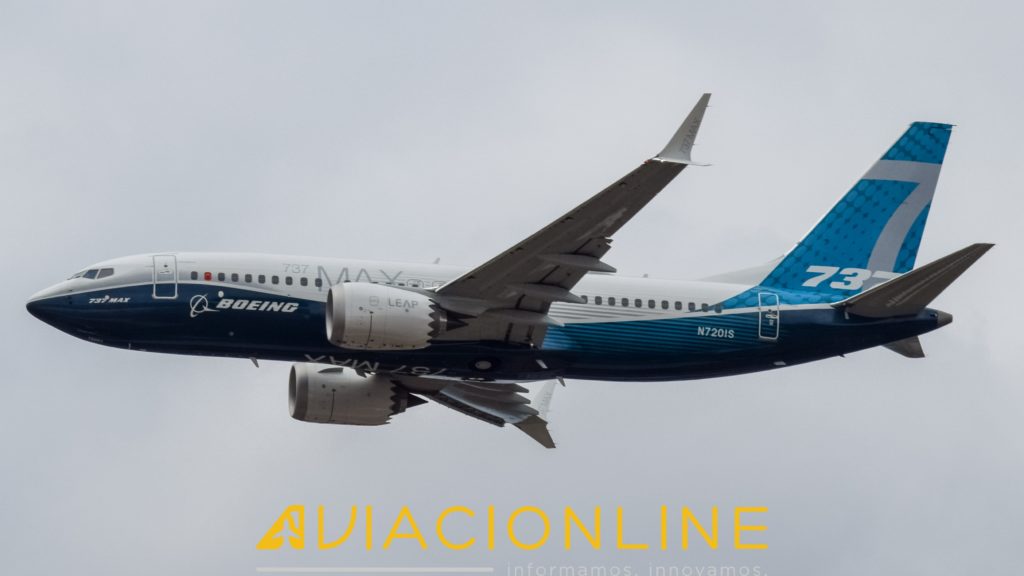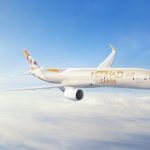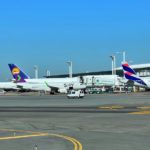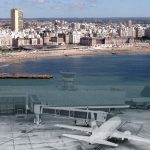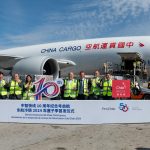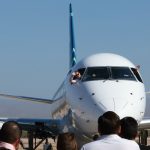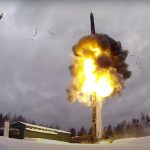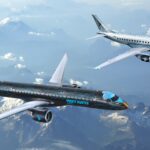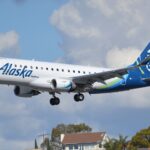Boeing announced on January 29 that it withdrew its request for an exemption from certain safety regulations necessary to certify the 737 MAX-7, a decision that will delay the completion of the certification campaign at least until 2026.
«We have informed the FAA that we are withdrawing our request for a limited time exemption related to the engine de-icing system on the 737-7,» said Boeing in a statement.
The design and implementation of a solution for the de-icing system prior to certification necessarily implies a delay in the -7’s entry into service, as the FAA must evaluate and approve it before it can be installed in the prototype.
This setback will affect Boeing’s cash flow projections for the year, although it is not yet known by how much. In addition, Southwest Airlines, which has an order for 302 aircraft, will face inevitable delivery delays.
Boeing’s request, submitted in December, sought approval until June 2026 so that the MAX 7 could be certified and enter service this year with Southwest while Boeing worked on a solution for the faulty system. However, recent incidents and doubts about Boeing’s safety culture have led the company to rethink its strategy.
The De-icing System and Its Risks
The FAA had determined in August 2023 that a design flaw discovered in the engine inlet de-icing system of the CFM LEAP 1-B could potentially be catastrophic.
The front outer edge of the engine container, known as the nacelle or cowling, is made of composite materials, unlike earlier models of the 737 which have the edge built in duralumin.
Flying through cold, water-saturated air, the de-icing system blows hot air over the engine inlet to prevent ice build-up. But Boeing discovered after the MAX entered service that if the system remained on after leaving the cold air, it could overheat and damage the structure, possibly leading to detachment from the cowling.
The agency describes the «unsafe condition» in the Airworthiness Directive (AD) 2023-00795-T: «The FAA has received a report in June 2023 indicating that flight testing and analysis have revealed that the use of EAI in dry air for more than five minutes in certain combinations of altitude, total air temperature, and N1 settings can result in engine inlet liner temperatures exceeding design limits when no visible moisture is present.»
«Excessive heat accumulation can cause overheating of the inner barrel of the engine inlet beyond the design limit of the material, resulting in the failure of the inner barrel of the engine inlet and severe damage to the engine inlet liner. There have been no reports of in-service failures of the inner barrel of the engine inlet to date.»
«This condition, as described above, if not addressed, could result in the separation of the inlet and the possible failure and separation of the engine cowling. Inlet separation can cause damage to the fuselage and/or windows, potentially resulting in decompression and danger to passengers sitting next to the windows behind the wing and/or impact damage to the wing, flight control surfaces, and/or empennage, which could result in the loss of control of the aircraft.»
Boeing’s decision to find a technical solution to this problem, while delaying the certification and entry into service of the -7 and -10 versions, does not change the situation of the 737 MAX -8 and -9 currently in production, as the FAA certified both variants. Once approved, the solution is expected to be retroactively implemented to active fleets and installed in new aircraft.
What Will Become of You, 737-10?
While the 737-7 has a very special customer in Southwest, Boeing’s strategy review (certify with exceptions, fix later) may ultimately sink the 737-10, which was already struggling to compete with the Airbus A321neo.
As the European manufacturer prepares to certify the A321XLR and thereby dominate the single-aisle long-haul market, Boeing continues to struggle to give life to a variant that was late to the party when it made its first flight in 2021 with an expected entry into service in 2023.
Historically, Boeing prioritized the certification of the -7 over the -10, so withdrawing the exemption request only adds years to a variant that doesn’t have them. The market doesn’t wait and, surely, this new delay will have a high cost for the largest model of the MAX family.
Can the 737-8200 make up for it? For sure, no one knows. But for the moment, in the segment of more than 200 passengers, the variant designed at the request of Ryanair is the only hope.

